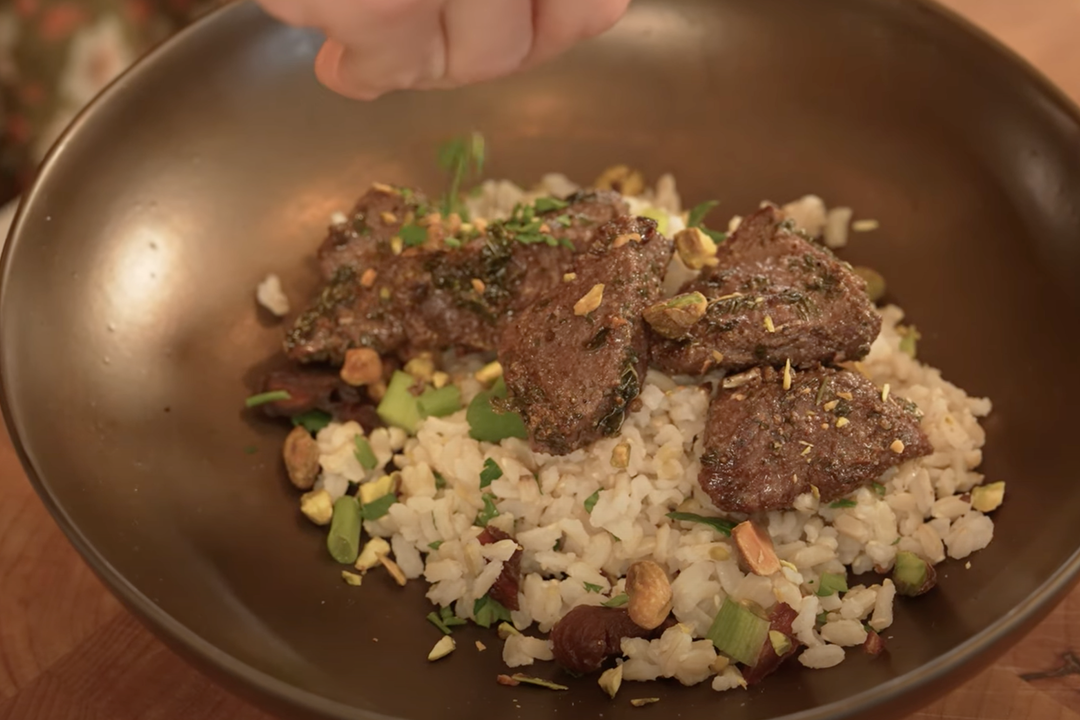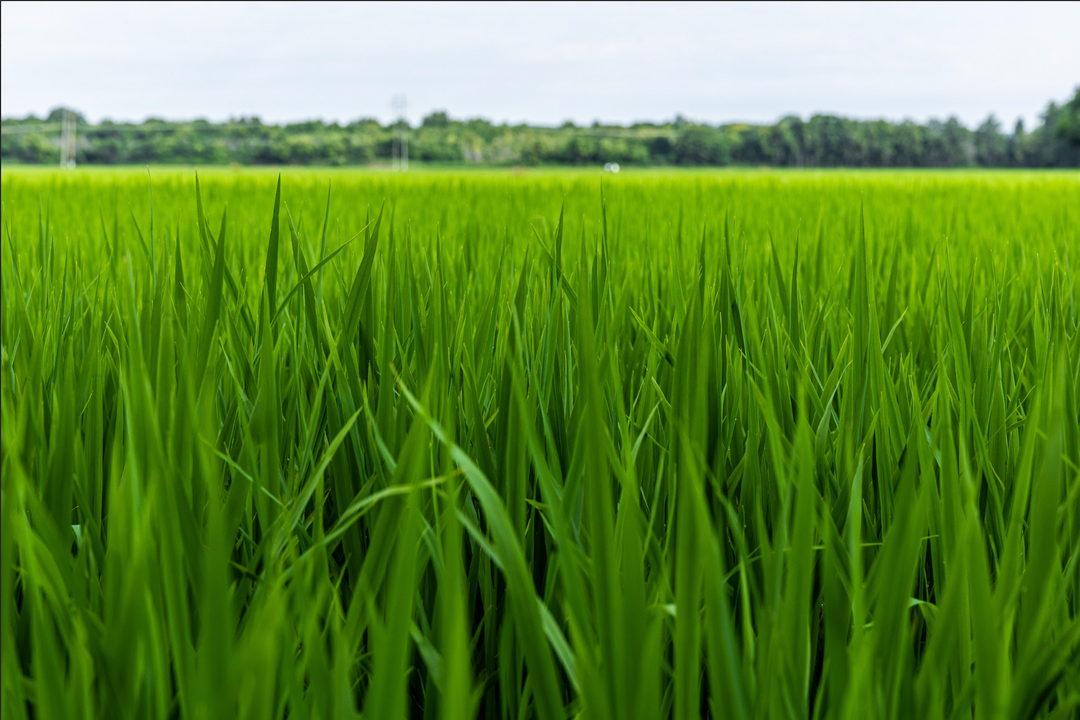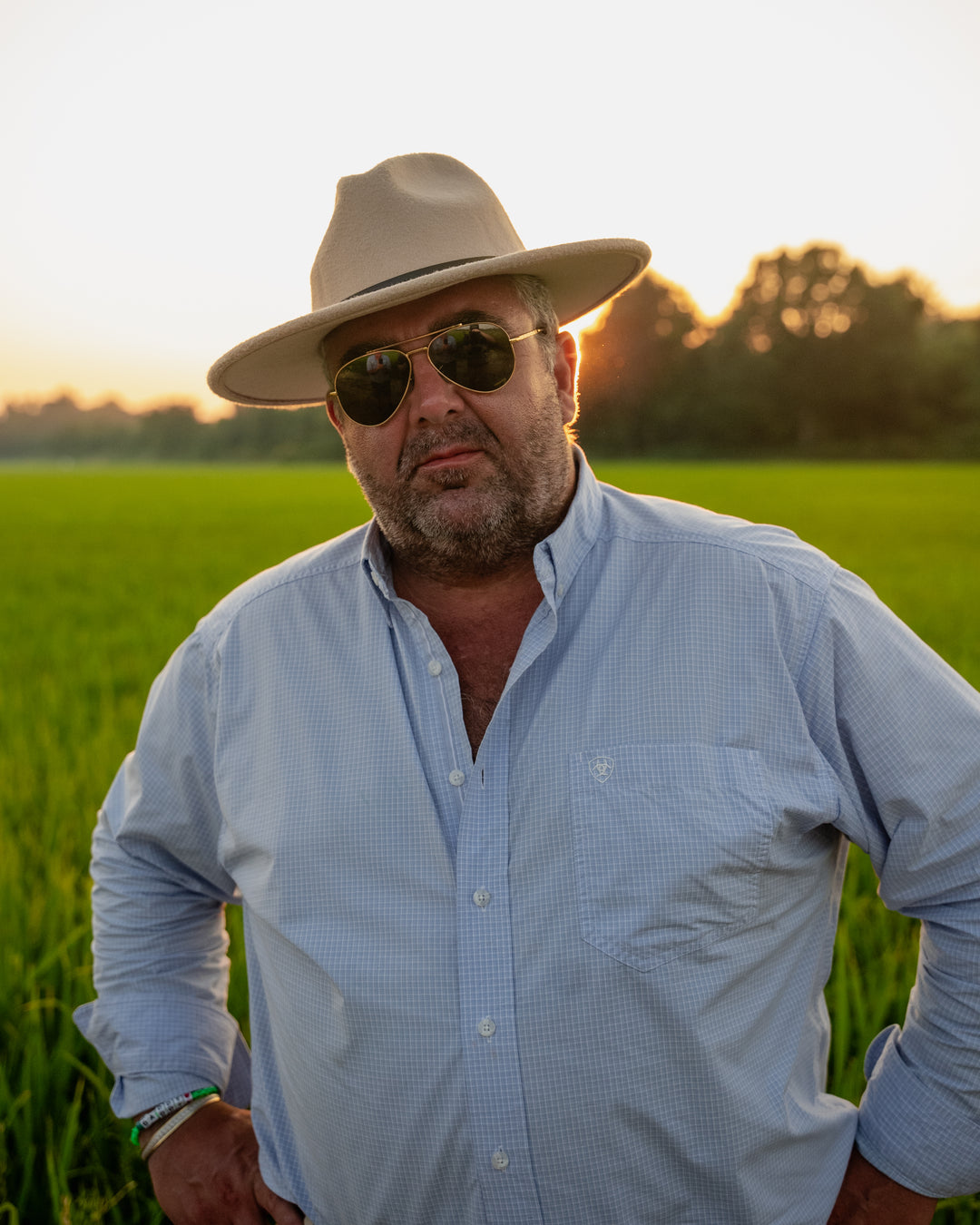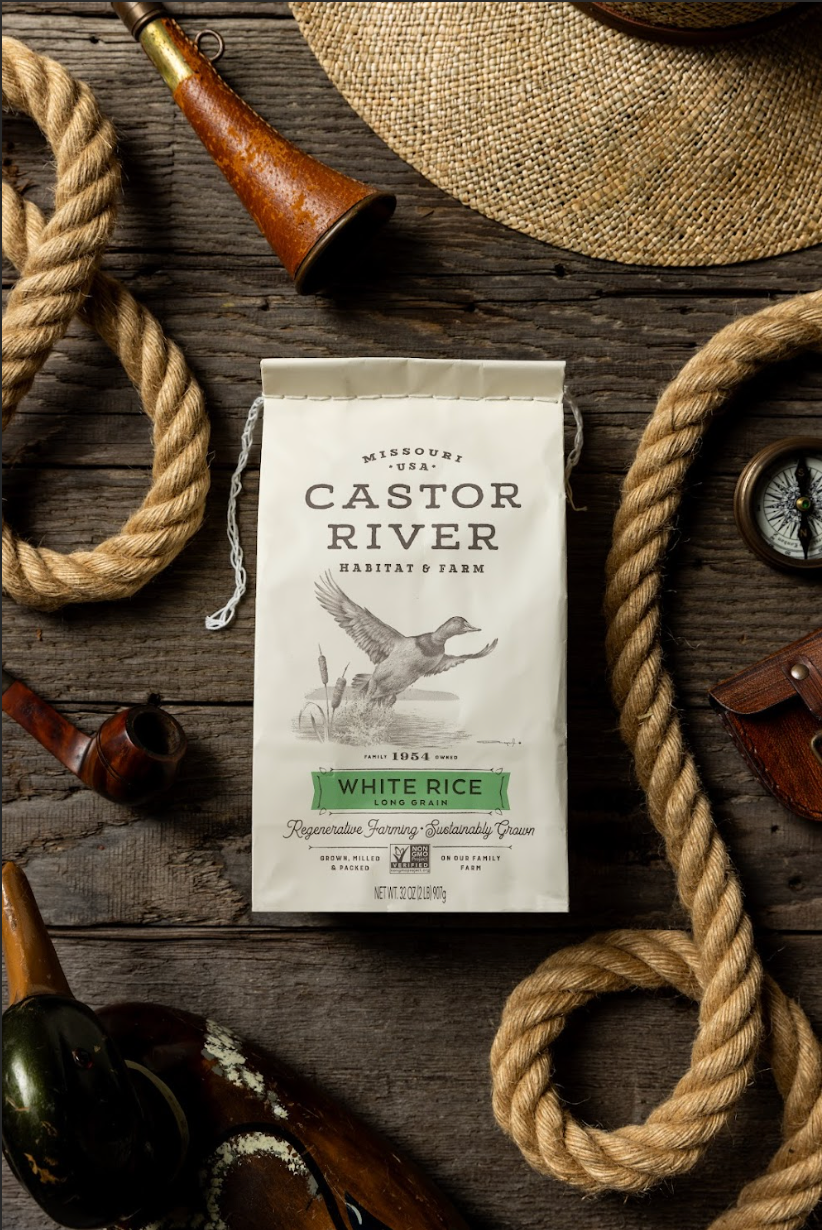How Healthy Soil Grows Better Food

It all starts beneath your feet.
Before you taste the rice, before a seed is even planted, before a harvest ever makes it to a store shelf…there’s the soil. And not just any soil. Healthy soil. Living, breathing, dynamic soil that tells you everything about how your food was grown and what kind of future it’s helping to build.
At Castor River Farms, we don’t just farm on soil, we farm with it.
Because when the soil is healthy, everything else follows.
What Is Healthy Soil?
Healthy soil isn’t just dirt. It’s a living ecosystem. One tablespoon of good soil can contain more microbes than there are people on the planet. Those microbes break down organic matter, cycle nutrients, store water, and help plants grow stronger without relying on chemical inputs.
But modern agriculture has done a number on soil across the country. Decades of tillage, synthetic fertilizers, and chemical sprays have stripped it of life, leaving behind dust instead of biodiversity.
And here’s the thing: you can’t grow nutrient-rich food in nutrient-poor soil.
That’s why we’ve made soil health the backbone of everything we do at Castor River.
How Regenerative Practices Build Soil Health
On our rice farm in southeast Missouri, we’ve spent years rebuilding the land—restoring balance to soil that had been depleted by conventional practices.
We farm using no-till methods, which means we don’t tear up the ground between crops. This protects microbial life and keeps carbon in the soil where it belongs. We plant cover crops across every acre to feed the soil during the off-season. And by minimizing water use—up to 60% less than conventional rice farms—we’re keeping the ecosystem in balance, not just the fields.
These practices are long-term investments in the land.
Regenerative agriculture doesn’t take shortcuts. It asks what’s best for the soil, for the river, for the people eating this food ten years from now.
From Soil to Flavor
There’s a reason chefs care where their ingredients come from. Soil health doesn’t just affect yield, it affects flavor, texture, and nutritional density.
We hear it all the time from the chefs and food service teams we work with: this rice just tastes better.
It’s not because of a fancy process or artificial enhancement. It’s because the soil that grows it is alive. Balanced. Treated with care.
Food grown in healthy soil is naturally more resilient and more flavorful. It doesn’t need artificial boosts because it’s been supported at the root. That’s true for rice, and it’s true for everything else in the field.
What We Grow Starts With How We Grow It
When we talk about building better food systems, it can’t just be about output. It has to be about outcomes. For the soil, for the farmers, and for the families we feed.
Healthy soil means fewer chemical inputs, better water retention, more biodiversity, and a real shot at long-term food security.
It also means restoring a broken system: one where too many fields have been reduced to dust, and too many farmers have been pressured to chase yield at the cost of sustainability.
At Castor River, we believe food should nourish more than just the body. It should nourish the land, too.
We’re proud to grow regeneratively farmed rice that’s rooted in healthy soil and honest practices.









